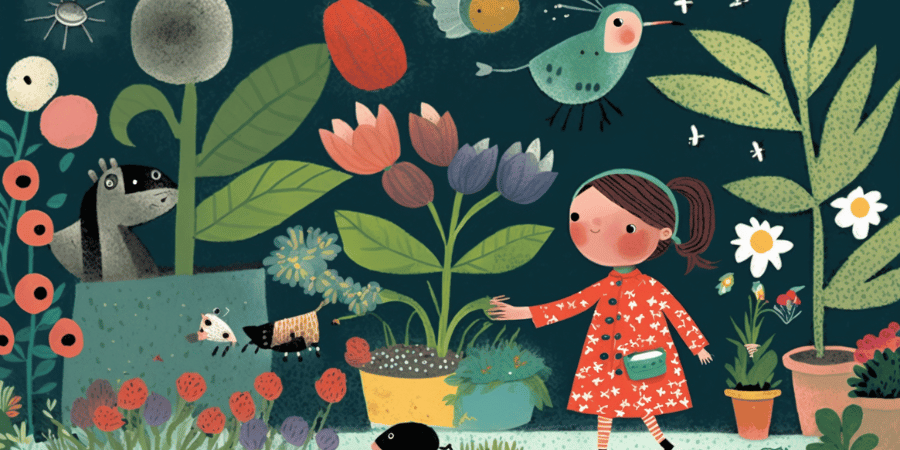
As a parent or an aspiring author, you might have wondered, “what makes a good children’s book?” We have compiled this comprehensive guide to help you understand the key components that contribute to a successful children’s book. From engaging storylines to relatable characters, we will explore the factors that can make your child’s reading experience an unforgettable one.
A good children’s book should have an engaging and age-appropriate storyline. This means that the plot should be easy to follow and interesting enough to keep the child’s attention. A captivating story will not only entertain but also help children develop their cognitive and emotional skills.
Children’s books should be written in simple and clear language that kids can easily understand. The use of age-appropriate vocabulary and sentence structure will ensure that the message is conveyed effectively, while also improving their reading skills.
Repetition and rhyme are powerful tools that can make a children’s book more engaging. Rhyming words can help children remember new vocabulary, while repetition helps reinforce key concepts and develop a sense of familiarity with the story.
Characters in children’s books should be relatable and diverse. This means that they should have distinct personalities and backgrounds, representing different cultures, races, and abilities. Relatable characters allow children to see themselves in the story, fostering empathy and promoting inclusivity.
A good children’s book should teach valuable moral lessons. These lessons can be presented subtly through the story or directly through the characters’ actions and decisions. Instilling strong values in young readers helps them develop a solid moral compass and encourages positive behavior.
Children’s books that evoke emotions can create a lasting impression on young readers. Whether it’s laughter, sadness, or excitement, emotionally engaging stories can help children develop empathy and a deeper understanding of their own emotions.
Eye-catching illustrations and a well-designed layout are essential components of a good children’s book. High-quality artwork not only makes the book visually appealing but also aids in storytelling by bringing the characters and settings to life.
Text and images should be seamlessly integrated to create a harmonious reading experience. This can be achieved by ensuring that the illustrations complement the text, helping to clarify the storyline and reinforce key concepts.
Readability is crucial in children’s books, and the choice of typography plays a significant role in this. The font should be easy to read, with clear and well-spaced letters, making it effortless for young readers to follow the text.
Children’s books can be categorized into different age ranges, including picture books for ages 0-5, early readers for ages 5-7, chapter books for ages 7-10, and middle-grade books for ages 8-12. However, the age range may vary depending on the content and complexity of the book.
To choose a good children’s book for your child, consider their interests, age, and reading level. Look for engaging storylines, relatable characters, and age-appropriate language. Additionally, seek out books that promote diversity, teach valuable lessons, and feature appealing illustrations.
Encourage your child to read by providing a variety of age-appropriate books that align with their interests. Create a comfortable reading environment and set aside dedicated reading time. You can also read together and discuss the stories, which will help develop their critical thinking and comprehension skills.
Both e-books and printed books have their advantages. E-books can be convenient for travel and offer interactive features that can enhance the reading experience. However, printed books provide a tactile experience that can be beneficial for young children, and they may be easier on the eyes. Ultimately, the best option depends on your child’s preferences and needs.
Yes, children’s books can be a valuable tool for introducing difficult topics in a sensitive and age-appropriate manner. Many books are specifically designed to address complex issues, such as grief, divorce, or bullying. These stories can help children process their emotions and provide a platform for open discussions with parents or caregivers.
In conclusion, a good children’s book should have an engaging and age-appropriate storyline, relatable and diverse characters, and appealing illustrations. Additionally, it should teach valuable moral lessons, evoke emotions, and be written in simple and clear language. By selecting high-quality children’s books and encouraging a love for reading, you can help your child develop essential skills and foster a lifelong passion for literature.
